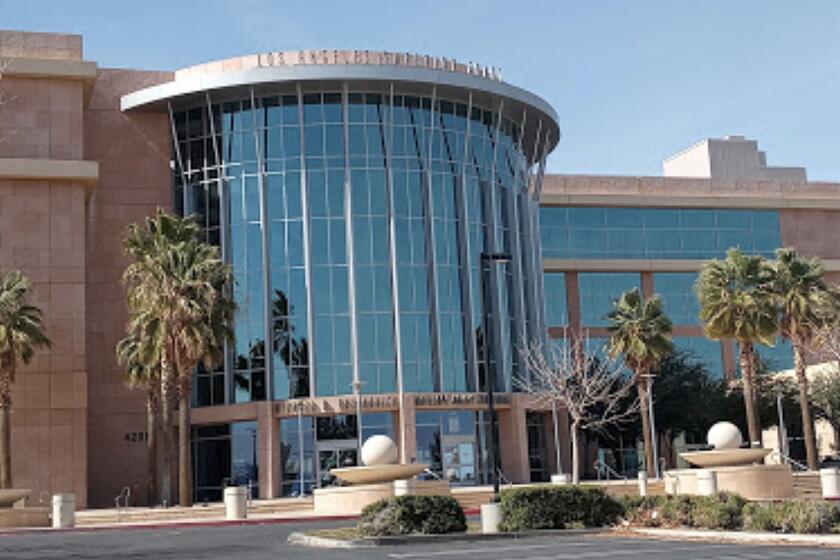Changes at the border
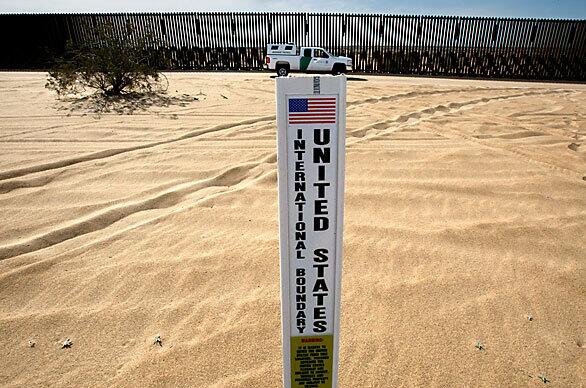
A sign remains in place where it once warned off-roaders of the boundary location in the Imperial Sand Dunes of southeastern California. More recently, there’s a 15-foot-high fence to deter illegal immigrants. But arrests at the U.S.-Mexico border have fallen to levels unseen since the 1970s. (Don Bartletti / Los Angeles Times)
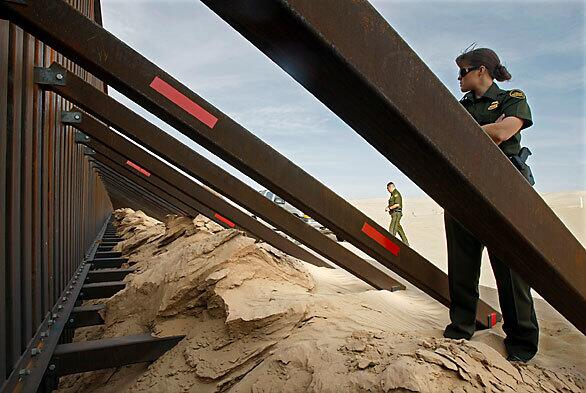
Border Patrol agents Laura Boston and Michael Lowry inspect the buttresses that hold up the border fence near the Arizona state line. The faltering U.S. economy and better enforcement appear to be keeping more illegal immigrants from attempting to cross the border. It’s a trend that’s most dramatically seen on the border’s busiest corridors for illegal immigrants, which extend through the Mexican state of Sonora to Arizona and California. (Don Bartletti / Los Angeles Times)
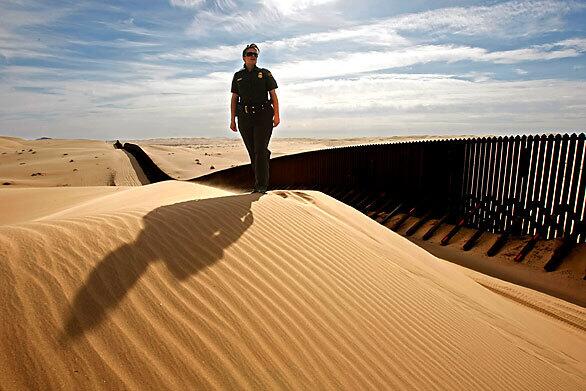
Border Patrol agent Boston scans
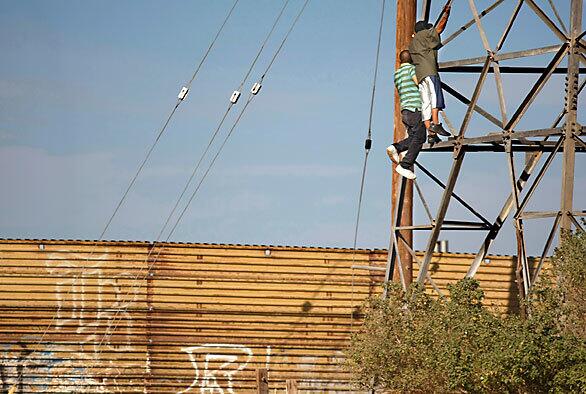
From left,
Advertisement
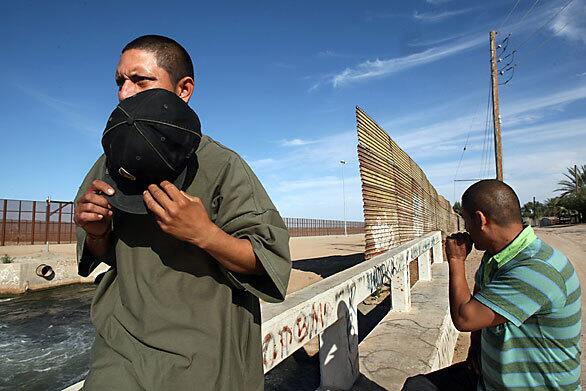
Ramirez, left, and Hernandez nervously scan a phalanx of fences that fortify where the boundaries of
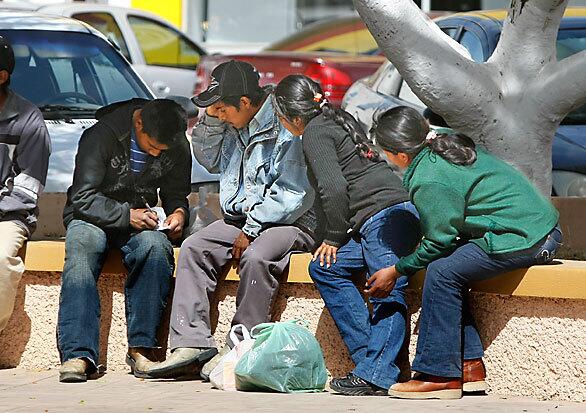
In Plaza Benito Juarez, the central park of this border town, five family members spend a ninth frustrating day in early March trying to determine what to do next. They were jailed for two days by U.S. authorities after being arrested while trying to cross the border. But they are among a dwindling number of illegal immigrants attempting to cross into the U.S. (Don Bartletti / Los Angeles Times)
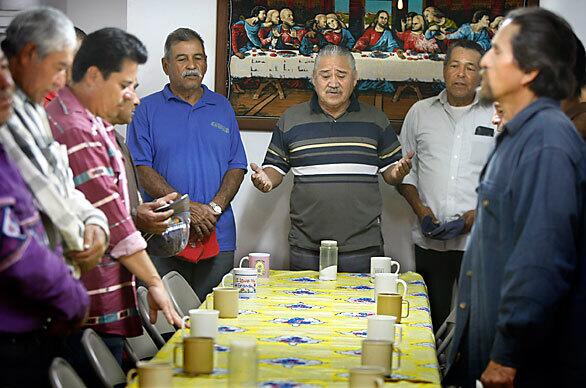
Santiago Durazo leads a pre-dinner prayer at a Catholic-run shelter for immigrants from eight different states in Mexico. In years past, the shelter was overflowing with people. On this night in early March, there were only 12 men. (Don Bartletti / Los Angeles Times)
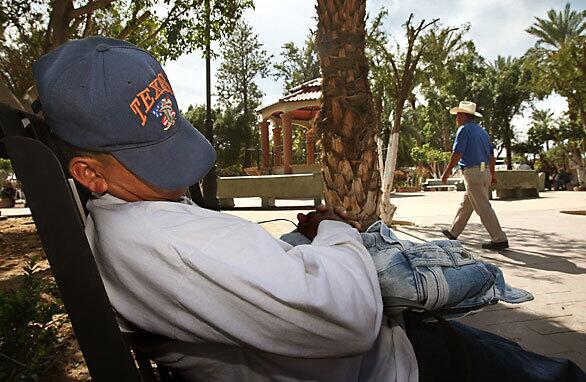
In Plaza Benito Juarez, an unidentified man rests on a park bench. He later said he’d been trying to return to
Advertisement
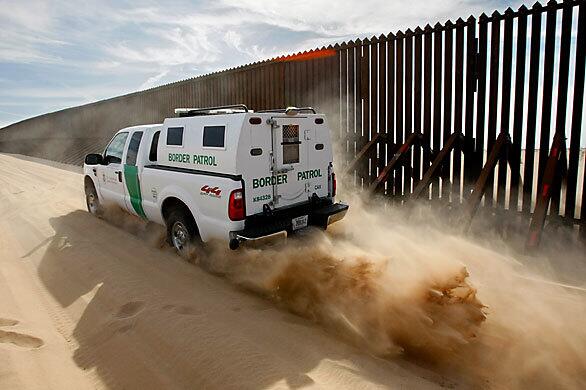
A Border Patrol truck churns its way through powdery sand next to the border fence. (Don Bartletti / Los Angeles Times)



